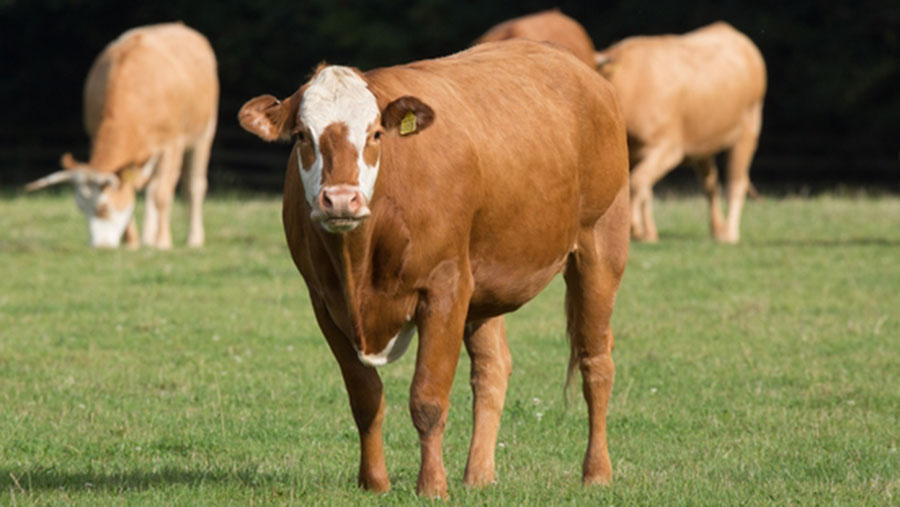Poultry litter suspected in NI cattle botulism outbreaks
 ©Tim Scrivener
©Tim Scrivener Poultry litter has emerged as the suspected cause of many outbreaks of botulism in cattle in Northern Ireland.
An investigation by the Agri-Food and Biosciences Institute (AFBI) produced “strong circumstantial evidence” that broiler litter is a “risk factor” in outbreaks of botulism in cattle in Northern Ireland.
Cases of the disease – caused by the toxin produced by Clostridium botulinum bacteria – “continue to occur” in cattle in Northern Ireland, says the Department of Agriculture, Environment and Rural Affairs (DAERA).
See also: AD plant to help tackle Northern Ireland’s poultry litter problem
Between January and September 2015, 60 cases of botulism in cattle in Northern Ireland were confirmed – an increase on the 46 positive cases in 2014 and 38 in 2013.
Cases of botulism in cattle in Northern Ireland from 2009 to 2015. Source: DAERA
| Year | Suspected cases | Positive cases |
| 2009 | 77 | 15 |
| 2010 | 91 | 15 |
| 2011 | 57 | 11 |
| 2012 | 64 | 16 |
| 2013 | 114 | 38 |
| 2014 | 142 | 46 |
| 2015 (January-September) | 121 | 60 |
Clostridium botulinum grows to high levels in decaying organic matter, such as animal and bird carcasses.
Contamination with chicken carcasses can leave poultry litter dangerous to sheep and cattle of all ages.
Botulism symptoms
- Muscle weakness: Affected animals may appear weak, stagger or go down
- Display flaccid paralysis (extreme weakness of muscle and loss of muscle tone)
- Occasionally protrusion of the tongue
- Fatal in most cases, although some animals will recover
However, Northern Ireland’s large poultry sector and limited arable area means a large amount of poultry litter is currently spread on pasture, says DAERA.
If large amounts of Clostridium botulinum toxin have been ingested, animals may be found dead without having shown any signs of disease. However, if only a small amount of the toxin is ingested, the progression may take a more chronic course and clinical signs may be less severe.
DAERA says “careful disposal” of animal and bird carcasses and poultry litter is necessary to minimise risk:
- Poultry carcasses should be promptly removed and incinerated or rendered (recycled)
- Following carcass removal, poultry house doors should be kept closed until litter is removed
- Litter should not be removed until it can be loaded directly on to spreading equipment or covered vehicles, or immediately stacked and covered
- Litter should not be accessible to dogs, foxes, crows, or other scavengers that could carry carcasses on to pasture or into livestock housing
- Wash-down water from poultry houses and yards should be collected in tanks and not allowed to flow freely on to adjacent land
- Litter should not be spread on land that is to be grazed or cut for silage in the same year. Alternatively, it can be deep-ploughed into arable ground
- Spreading on a windy day could lead to contamination of adjacent fields
- Any animal or bird carcasses visible on pasture or in livestock houses should be removed immediately
